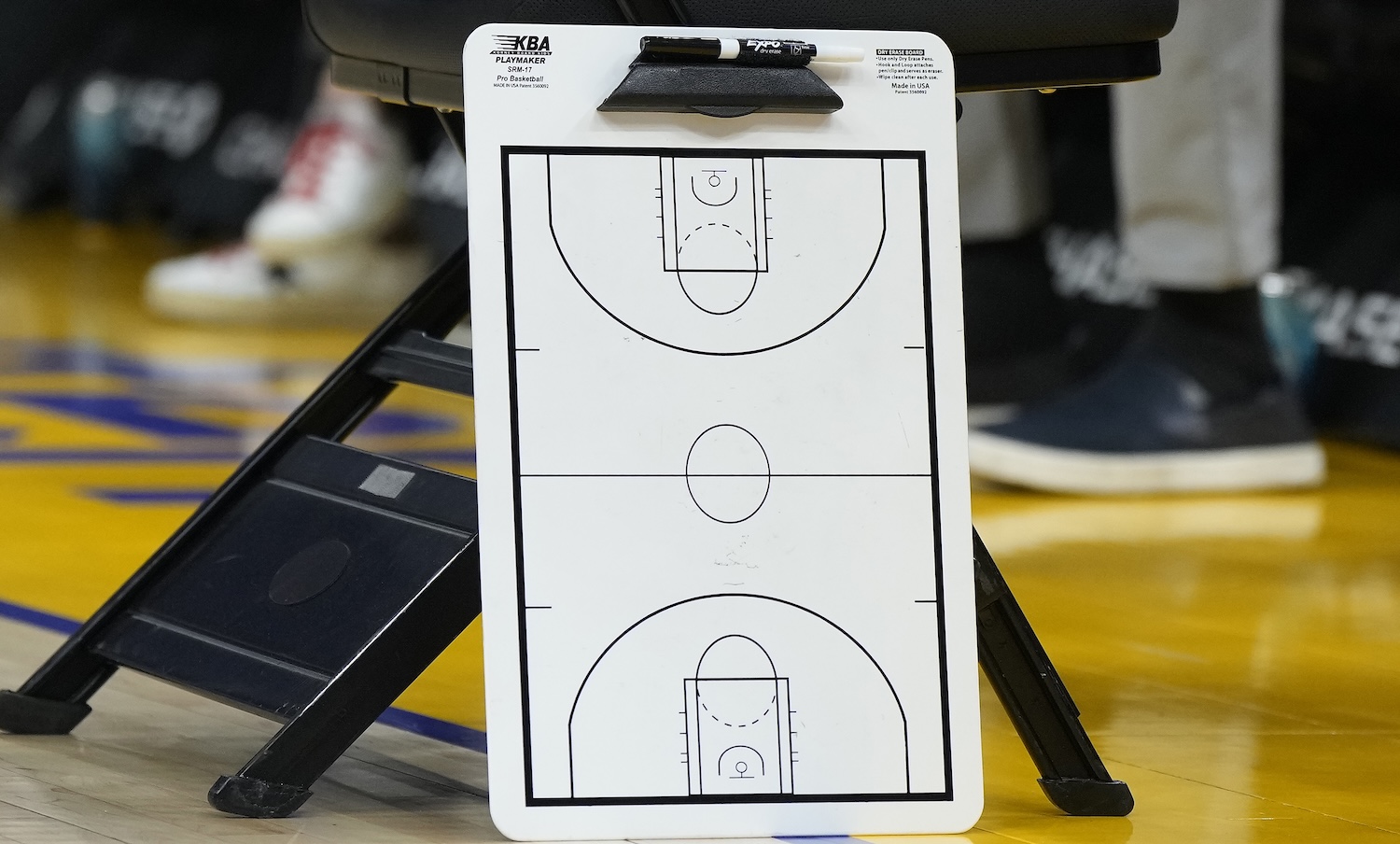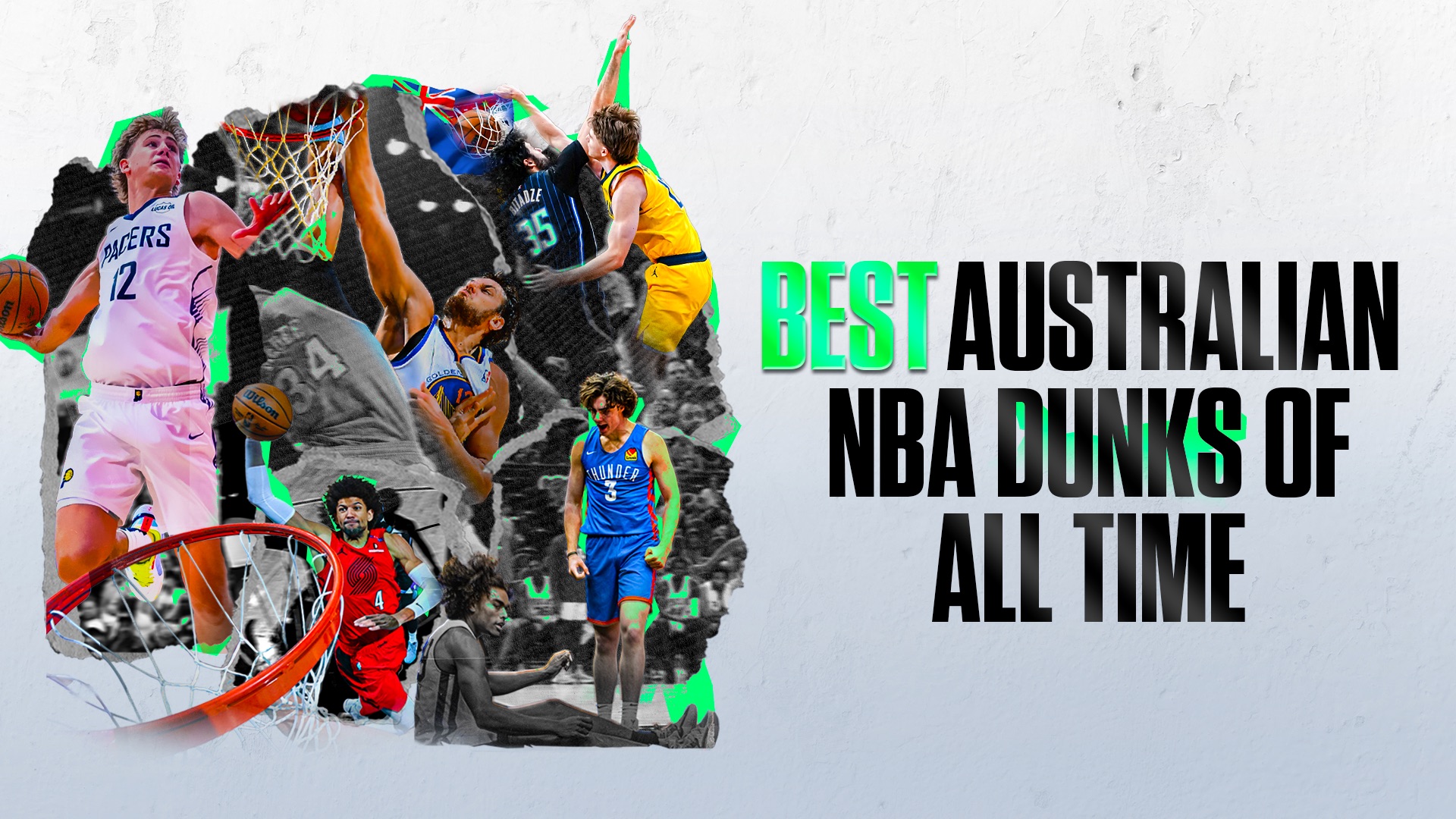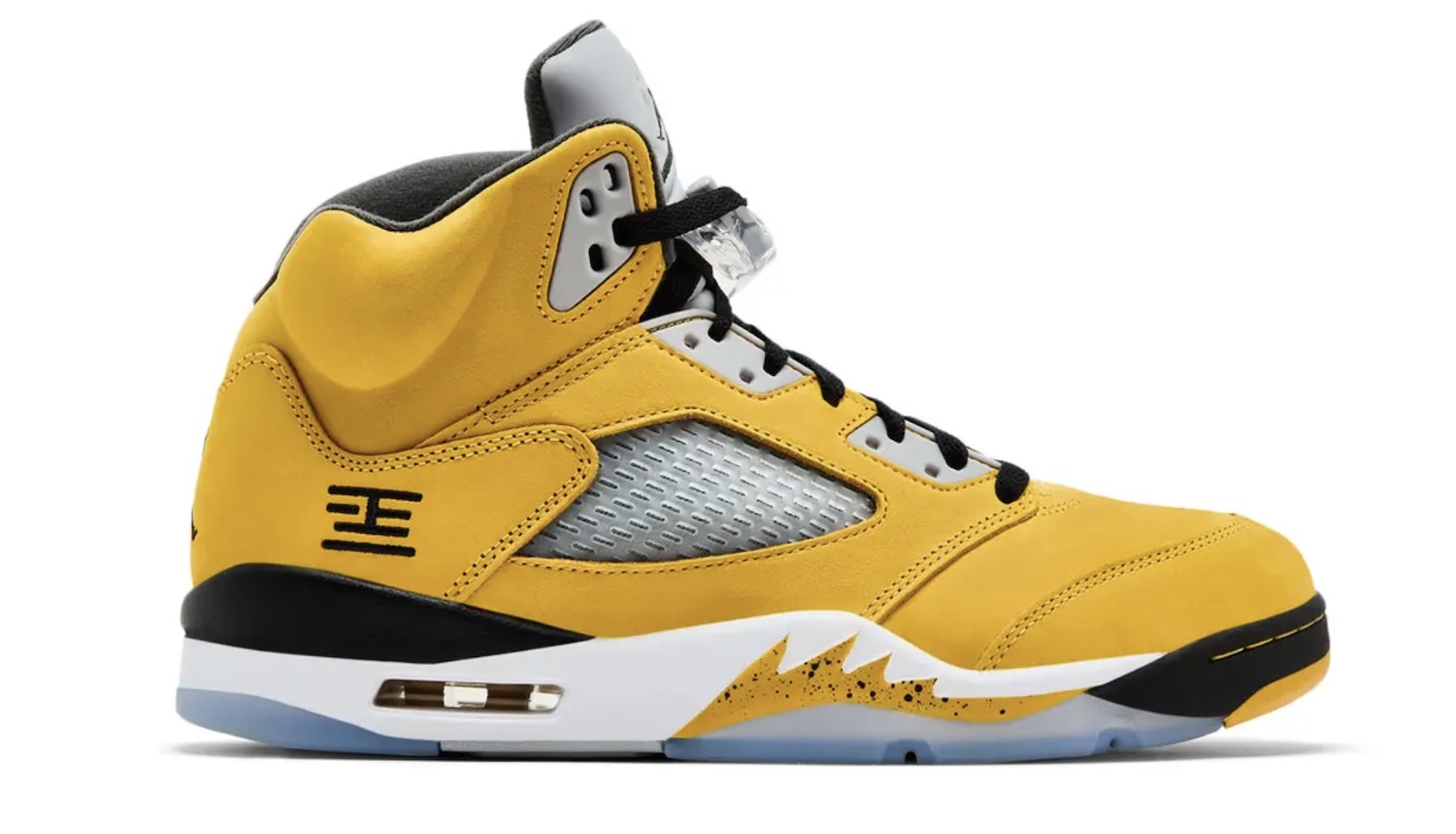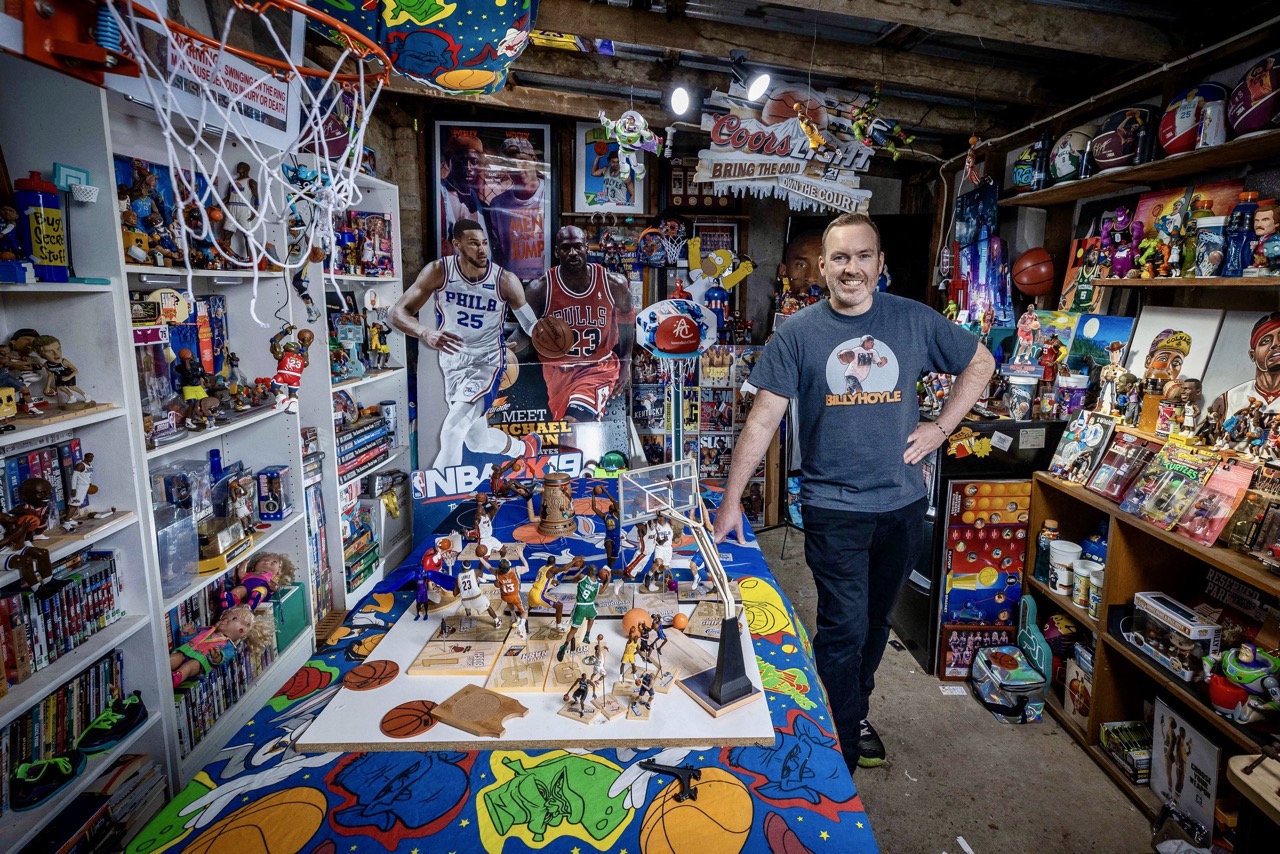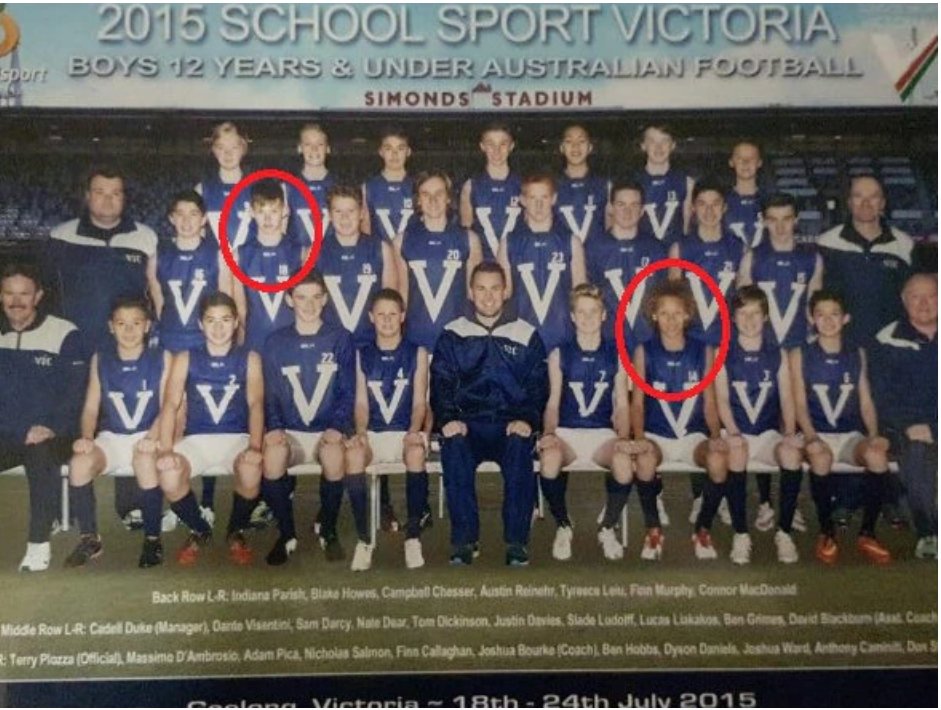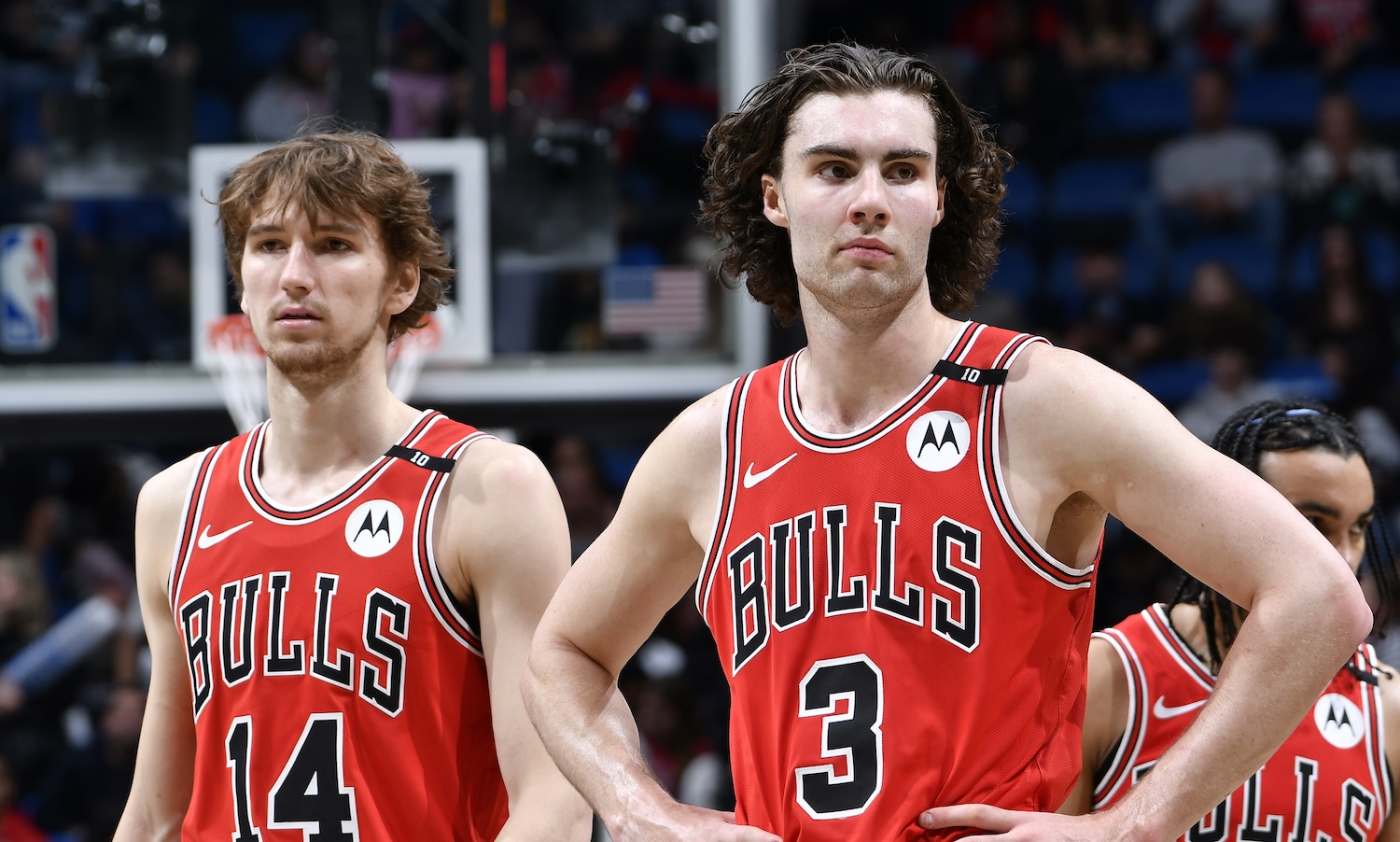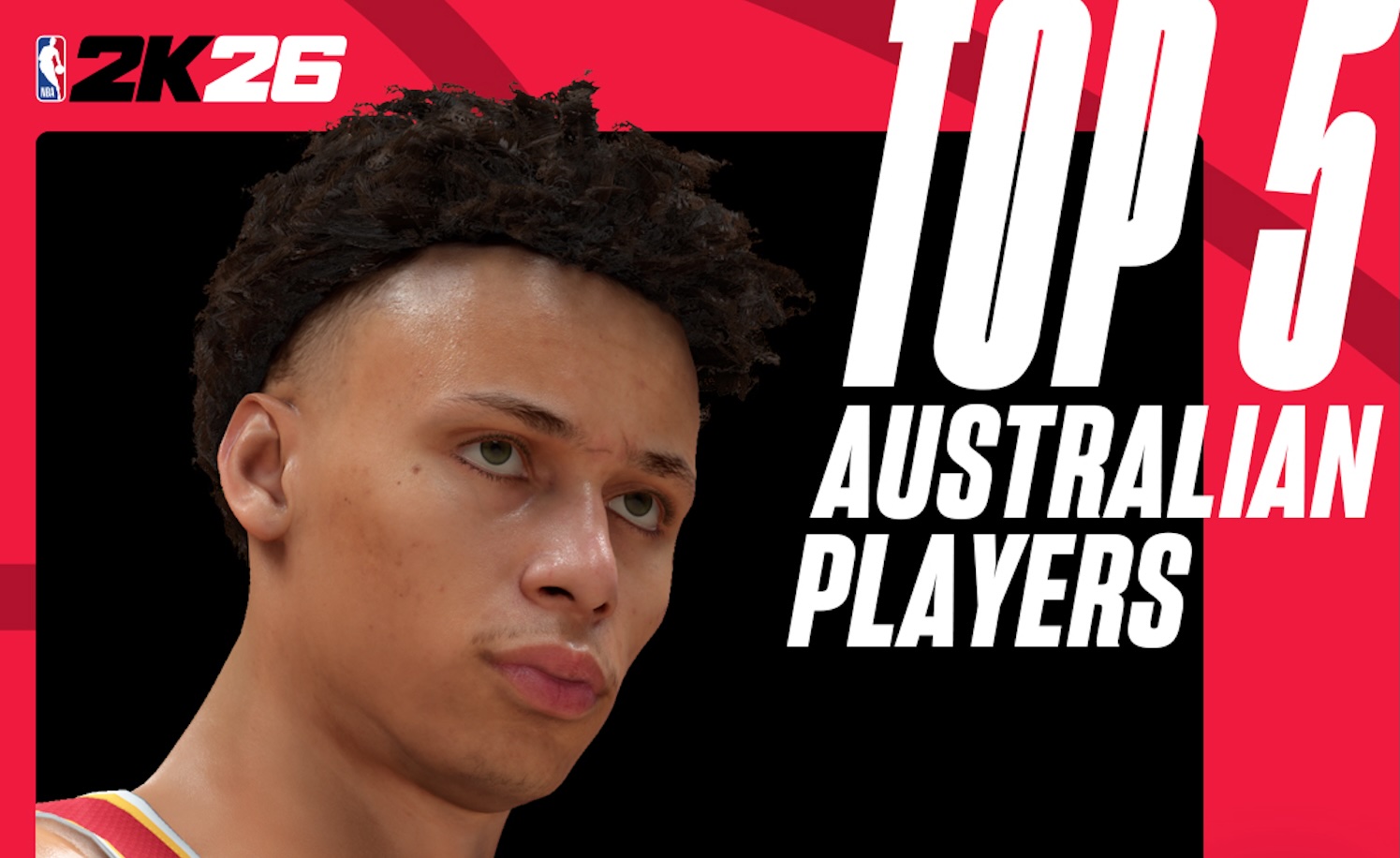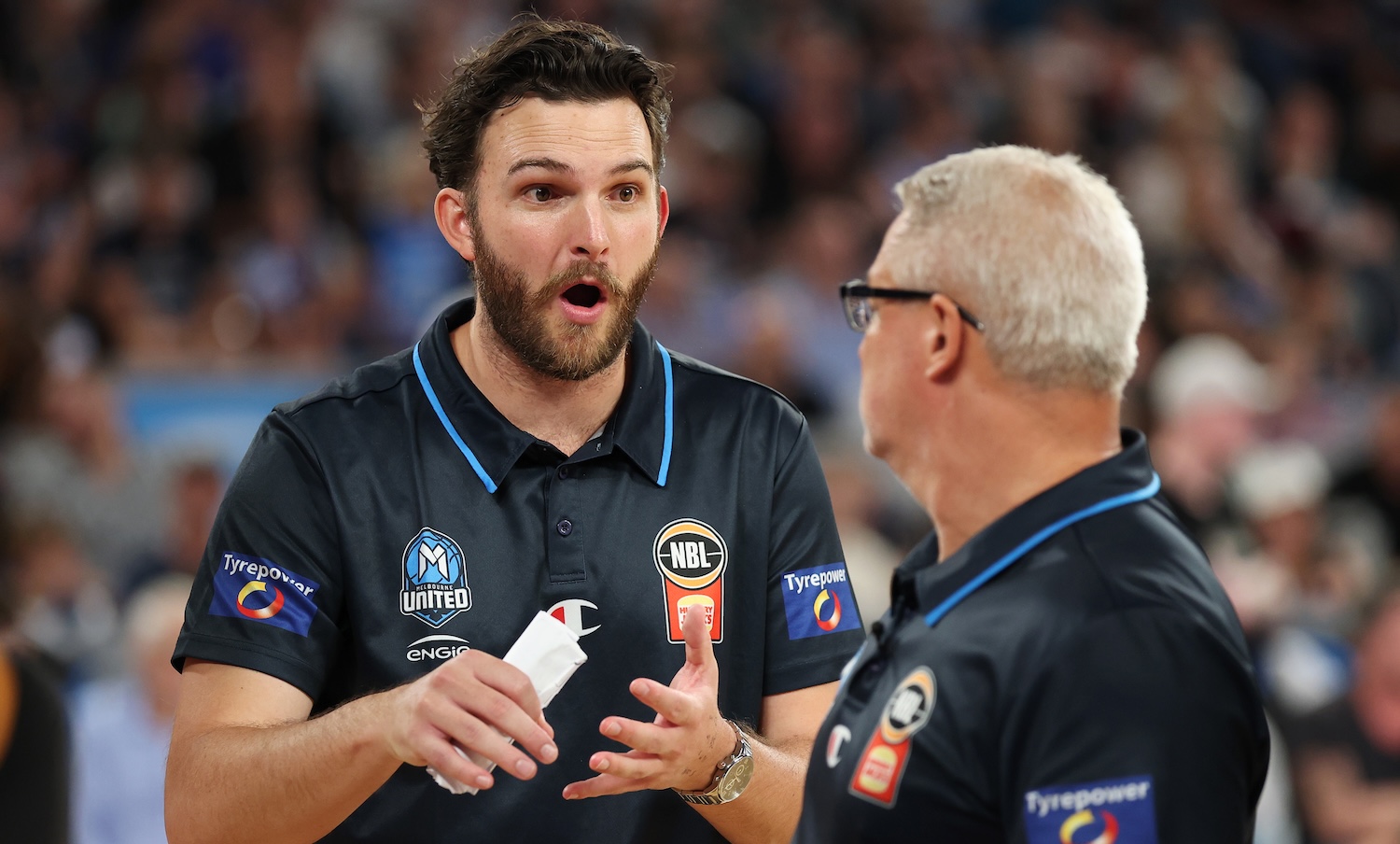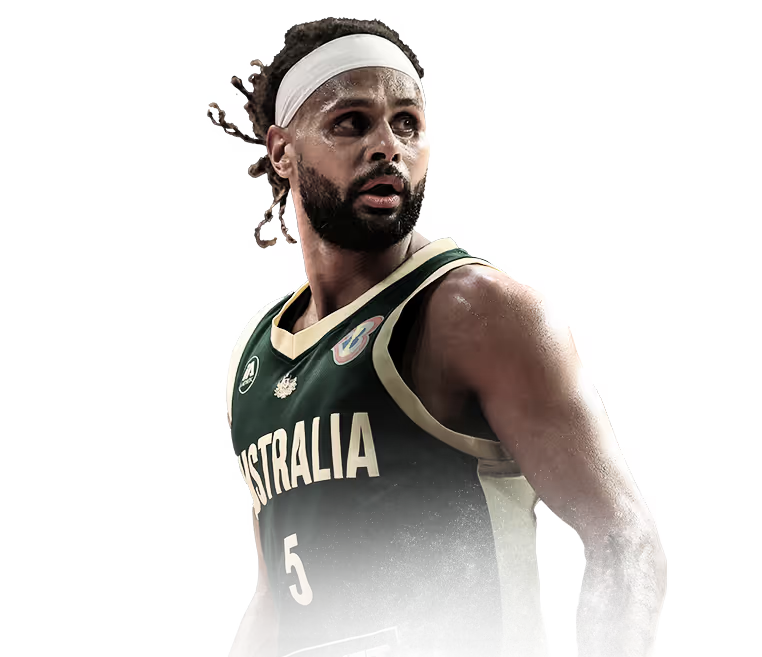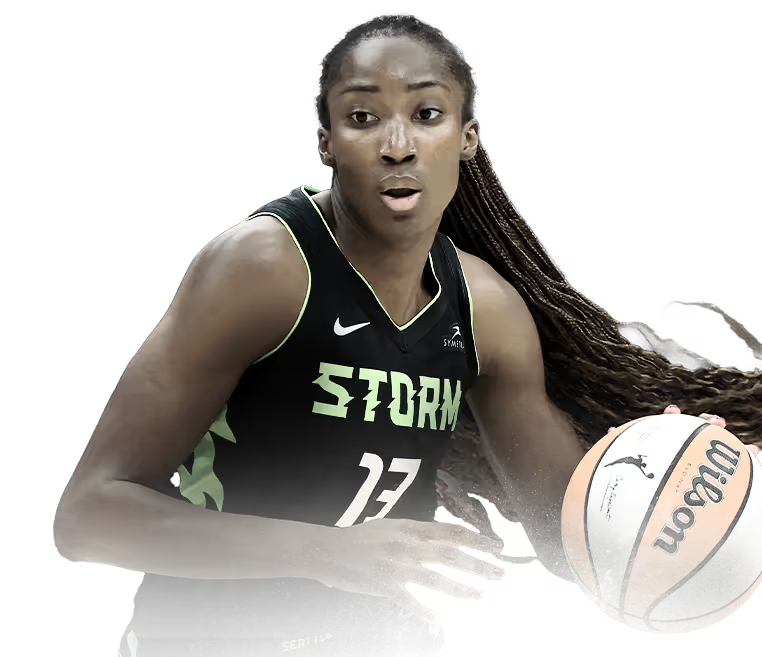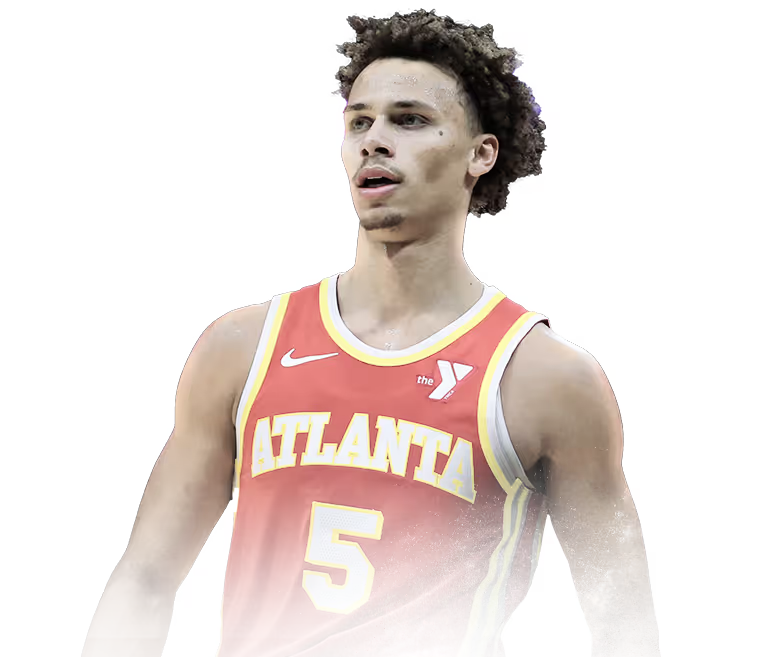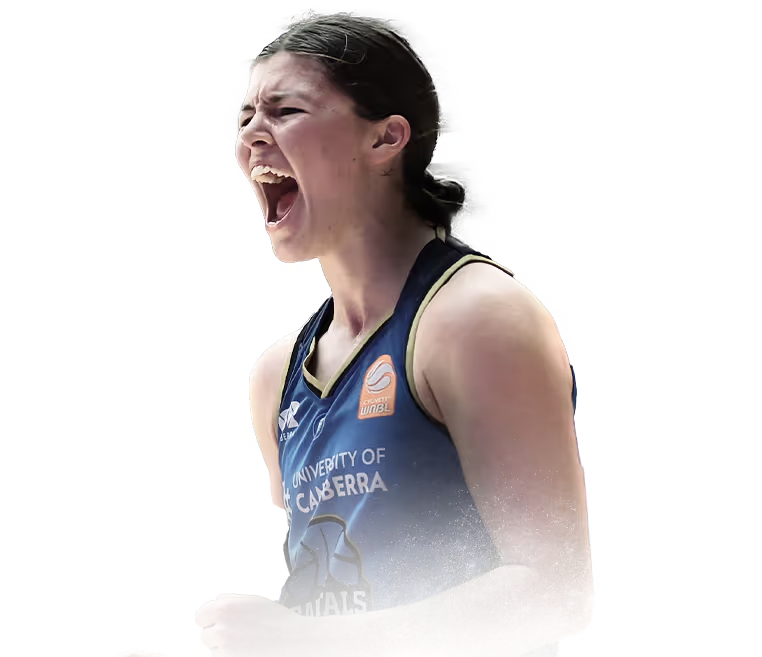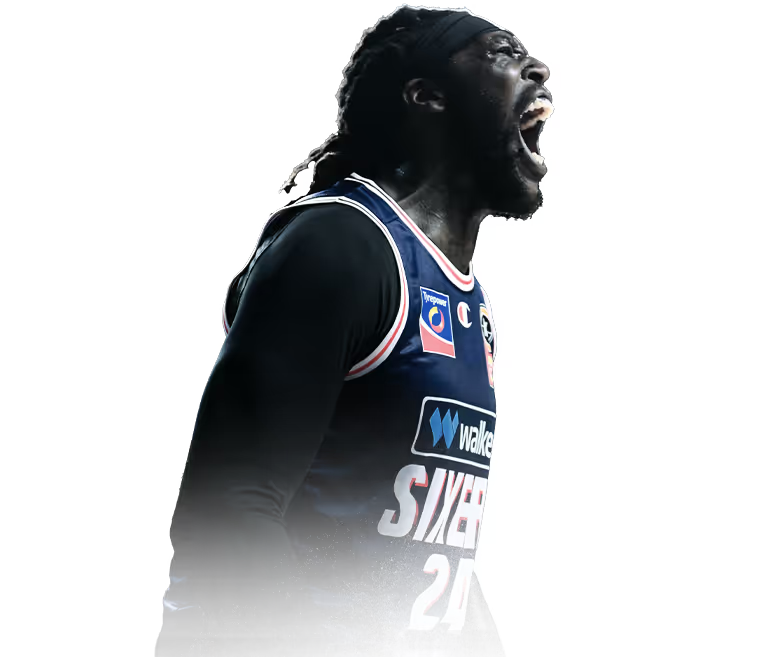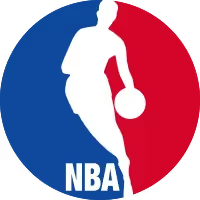

30
Dec
In-depth Analysis
Inside the NBA: Why ratings are in free-fall
What calls the NBA needs to make to revive ratings
It's easy — probably too easy — to point a stern finger at the barrage of three-point attempts contributing to the NBA's drop in television ratings.
There is a distinct correlation between the ratings slide and the volume of three-point shots taken. It is a trend that started to take shape more than 20 years ago, escalating rapidly in the last five years, but issues with the NBA product are much more profound, so singling out the long-range bomb is treating a symptom, not the cause.
What are the issues
- The three-point shot: The midrange has all but disappeared.
- Violations: Travels and carries are rarely, if ever, called.
- Defense: The hardwood has tipped so far in favour of the offense that it is almost impossible to defend facing up.
- Load management: Of the 24 players selected for the NBA All-Star Game in 2024, just five have played all 82 games in a regular season since 2016-17.
- Positionless basketball: Almost all 30 teams run the same stuff because there is only so much stuff you can run out of a high pick and roll, and everyone can shoot (not a bad thing), so everyone is going to shoot.
- Money: Not for a second is there any begrudgement of players' salaries, but in 1996, the average salary was $2.2 million, and in 2022, $8.8 million. In 2024, Steph Curry will earn the most of any player at $55.7 million, while Bogdan Bogdanovic — the 100th highest-paid player — will earn $17.2 million. In 1991, Larry Bird made $1.5 million, and Michael Jordan made $2.5 million.

The product is not terminal — far from it — but these issues (except salaries) need to be addressed given the $76 billion, 11-year deal the NBA inked with Disney (ABC & ESPN), Comcast (NBA & Peacock) and Amazon from next season.
The 1.4 million average viewership in the '22-23 and '23-24 regular seasons are the lowest in four decades. The 1989-90 season average was 5.2 million, representing a staggering 270% decline in people watching games in 2023-24. But context is important. In '89, there was no streaming or social media; the NBA was compulsory appointment viewing, which drove demand in an analogue world.
ESPN SportsCenter or VHS was the only way NBA fans could consume games if they missed them live.
The consumer media and consumption landscape is so different today that comparing the two eras is useless. However, trending the ratings decline against the product on the floor is not.
NBA Commission Adam Silver, in an interview with Front Office Sports, said: “I don’t think it has anything to do with the 3-point shot. I think we’re just looking at a couple weeks of ratings, there’s always some unique things, this year we were up against a World Series … you had a presidential election which was commanding an enormous amount of attention.
"We have more social media traffic than any time in our history; there’s a huge global marketplace of interest in the NBA. I think the best things are ahead of this league.
"We compare ourselves to, frankly, the biggest brands in the world Two years ago, we were one of the top five search terms on Google globally — the NBA, its teams, its players. I feel it’s almost too limiting to compare us to another sports league.”
But for broadcasters, two million views on TikTok is different from 100,000 eyeballs watching full games on TV or a live stream in the NBA TV app because the TikTokers aren't watching ads or subscribing to a Pay-TV service or NBA League Pass.
TikTok makes social media producers feel good but doesn't pay the bills.
The Butterfly Effect of the Three-Point Shot

This chart should send a shudder through the NBA's spine. It displays the volume of three-point shot attempts from the 2004-05 season to the 2023-24 season. It exposes a troubling cause and effect: the more threes attempted, the lower the ratings.
The crossover happened between 2015-16 and 2016-17. The 12% increase in the volume of three-point attempts coincided with a 21% drop in viewership in '16-17. Since then, three-point attempts have gone from 24.1 to 35.1 per game (+45%), while at the same time, ratings have gone from 2.3 million to 1.4 million (-40%).
The increase in three-point field goal attempts has narrowed the product proposition to three primary ways to score: outside the arc, at the rim, and at the free-throw line. There is no longer a mid-range.

And it happened quickly. In the '15-16 season, just over 25% of shots came from behind the arc, and just under 25% came in the mid-range. Fast break to '23-24, and more than 35% of shots came from three-point land while an anaemic 11% from mid-range jumpers.
That represents a more than 100% change in the frequency of shots that are key to the game's flow. The three-ball hasn't just impacted the mid-range; it's had a flow-on effect across all shot attempts.
Corner threes are up about 30% versus '16-17; paint attempts are also up and have replaced the mid-range as a primary scoring option after shots coming within the restricted area (mostly dunks) and the three-point shot.
In '15-16, a quarter of all shot attempts came from the mid-range and in '23-24, just 11% of all attempts, which increased the points per two-point attempt by 11.1% because more shots came in the paint or at the rim. That represents a 127% decrease in mid-range shot attempts, which has resulted in an 11.1% increase in points per attempt.
In 2004, more than 62% of baskets came from inside the arc and 17% from three, but that percentage has changed drastically in the past two decades. In 2023-24, almost 34% of scores came from the three-ball, 51% from two, while scoring has increased from 97.2 points per game to 114.2.
It has subsequently changed the scoring profile in all modern NBA games. Twenty years ago, about 60% of the 98 ppg were in twos, and less than 20% came from threes. Now, nearly 40% of all points come from behind the arc and about 50% from two as the average points per game increased more than 17ppg.
So, what does it mean?

In the modern NBA, you either shoot the three or get to the rim — there is no in-between because spreadsheet basketball and "basketball accountants" have balanced the books.
2023-24
- Average points per game: 114.2
- Total Field Goal Attempts: 218,694
- Total Field Goals Made: 103,661 (47.4%)
- 2PT FG Attempts: 132,348
- 2PT FG Made: 72,324 (54.6%)
- 3PT Field Goal Attempts: 86,346
- 3PT Field Goals Made: 31,488 (36.6%)
- Points per 2PA: 1.093
- Points per 3PA: 1.094
- 2PT Contribution to PPG: 58.8
- 3PT Contribution to PPG: 38.4
Where did the shots come from
- Above free throw line 3s 27%
- Backcourt heaves 1%
- Midrange 11%
- Corner 3s 9%
- Paint 22%
- Restricted Area 30%
2018-2019
- Average points per game: 111.2
- Total Field Goal Attempts: 219,432
- Total Field Goals Made: 101,158 (46.1%)
- 2PT FG Attempts: 140,712
- 2PT FG Made: 73,062 (51.9%)
- 3PT FG Attempts: 78,720
- 3PT FG Made: 28,044 (35.5%)
- Points per 2PA: 1.037
- Points per 3PA: 1.069
- 2PT Contribution to PPG: 59.4
- 3PT Contribution to PPG: 34.2
Where did the shots come from
- Above free throw line 3s 26%
- Backcourt heaves 1%
- Midrange 15%
- Corner 3s 7%
- Paint 18%
- Restricted Area 33%
2015-2016
- Average points per game: 102.7
- Total Field Goal Attempts: 208,116
- Total Field Goals Made: 94,068 (45.2%)
- 2PT FG Attempts: 148,830
- 2PT FG Made: 73,062 (49.1%)
- 3PT FG Attempts: 59,286
- 3PT FG Made: 20,910 (35.4%)
- Points per 2PA: 0.983
- Points per 3PA: 1.058
- 2PT Contribution to PPG: 59.4
- 3PT Contribution to PPG: 25.5
Where did the shots come from
- Above free throw line 3s 19%
- Backcourt heaves 1%
- Midrange 24%
- Corner 3s 7%
- Paint 16%
- Restricted Area 33%
Every season between '15-16 and '23-24 trended the same way, taking a bite out of the shooting splits until the "books balanced" while at the same time ratings trended down: 2.3 million ('15-16); 1.9 million ('16-17); 2.2 million ('17-18); 2.2 million ('18-19); 1.8 million ('19-20); 1.5 million ('20-21); 1.6 million ('21-22); 1.4 million ('22-23); and 1.4 million ('23-24).
Coaches are now — clearly — running plays to either shoot the three or get into the paint for a runner, floater, lay-up or dunk.

Where and when it started
Twenty years ago, shooting a three was 13% more effective than a two. The gap fluctuated throughout the first decade of the new millennium, but it closed quickly after the 2016-17 season, with the percentage of shot attempts from the mid-range declining much faster. The number of points per 2-point field attempt and 3-point field goal attempts in 2023-24 were now virtually identical — in 2015-16, it was 0.983 per two attempts vs 1.058 per three attempts, and in 2023-24 — 1.093 vs 1.094.
The books are balanced.
Once you see it, basketball purists cringe. The NBA is now "Moneyball", and it's skewed heavily toward the offence. However, the NBA relies on passionate fans to maintain its ratings. At the same time, the game's natural flow has fundamentally changed to suit the basketball accountant's Moneyball formula for collecting wins.
Why does the offense have such an advantage?
There are two significant offensive advantages: Basic rules aren't enforced, and defenders can't defend.
Travels are rarely called, and only if they are egregious, as well as blatant carries and palming. Hesitation dribbles might as well be stop-and-go; players can have two pivot feet, take five-step lay-ups or open-court dunk, and five-step gathers to shoot uncontested threes. There is no accountability for basic skill errors and execution. While not perfect, every other professional league in the world makes these calls more often.
What is the Gather Step?
After gathering the ball (securing control): A player is allowed two steps to stop, pass, or shoot. Taking more than two steps without doing these is a travelling violation.
Some fans "mistakenly" think the gather step is a travel, but this is part of the rules. Travelling only applies after the gather and two subsequent steps.
The James Harden Perception
Harden's moves can appear like he takes more than the allowed two steps after gathering the ball. To many viewers, this looks like a travel. His moves are unconventional and exploit precise timing, creating the illusion of extra steps. However, according to the Rules, Harden supposedly uses the gather step perfectly.
The NBA rule allows a player to:
- First, gather the ball (control it).
- Take two steps after the gather.
Harden's moves often stretch this sequence to the limit but remain legal because:
- He doesn't fully control the ball until the gather is complete.
- His first step after gathering sets the move into motion, followed by the second step.
Does James Harden Travel?
According to the NBA Rules: No, Harden does not travel because he times his gather steps and stays carefully within the rules.
Why It Looks Like a Travel: Most players don't use the gather step this way, so it looks like Harden is taking three steps. But the first "step" happens before the gather, making it legal.
Fans' Perspective: Many fans feel the rule is too lenient, allowing players such as Harden to blur the line between skill and bending the rules.
NBA Officials' View: The NBA has reviewed Harden's moves extensively and ruled them legal. His footwork follows the gather-step-and-two-steps framework.
James Harden does not travel on his gather step as per existing NBA rules, but that doesn't make it right. It's not a basketball play; it's a play that slants another advantage further into the favour of the offense.

Defense isn't really defense anymore
NBA defense is now non-contact except in the post. Perimeter defenders can't make any contact with the offensive player whether or not they own their own space; even brushing contact with the ball-handler is called a foul.
It's why the US vs Serbia or France clashes at the 2024 Olympic Games in Paris were so close. FIBA lets defenders defend, the game is more physical, and they call more violations. It is why American superstars look at referees like they've just run over their cat.

The United States squeezed past Serbia 95-91 and France 98-87 to win the gold medal. The US team featured the modern era's greatest players: LeBron James, Steph Curry, Kevin Durant, Devin Booker, Joel Embiid, Anthony Davis, Anthony Edwards, James Tatum, and Bam Adebayo.
Serbia had Nikola Jokic, Bogdan Bogdanovic, Vasilije Micic, Filip Petrusev (EuroLeague), Ognjen Dobric (EuroLeague), Aleksa Avramovic (EuroLeague), and Nikola Milutinov (EuroLeague).
France had NBA rookie Victor Wembanyama, Rudy Gobert, Guerschon Yabusele, Nicolas Batum, Bilal Coulibaly, Evan Fournier, former NBA player Frank Ntilikina, Nando De Colo (EuroLeague), and Matthew Strazel (EuroLeague).
If FIBA played by the NBA rules, these country vs country games wouldn't even be close, let alone Nikola Jokic and a couple of NBA role players, no disrespect, to be a play or two away from beating a team stacked with first-ballot Hall of Famers.
FIBA games are fair to players on both sides of the ball. NBA games are not. It is a perfect example of talent at the top of the funnel — little separates the best of the best when the game's rules are equitable. And that's precisely how it should be.
The FIBA product is superior.
Impact of Load Management

Of the 24 NBA All-Stars selected to the 2024 walkthrough, just five players have suited up in all 82 games in a season between '16-17 and '23-24.
- Bam Adebayo: 82 in 2018-2019
- Julius Randle: 82 in 2017-2018
- LeBron James: 82 in 2017-2018
- Shai Gilgeous-Alexander: 82 in 2018-2019
- Karl-Anthony Towns: 82 in 2016-2017 and 2017-2018
Five in seven seasons, excluding the COVID Bubble in 2019-20.
No All-Star has suited up in all 82 games since the 2018-2019 season. Injuries have played a role in players missing games, but so has the modern phenomena of load management. (The Bubble season has been removed from this analysis because there was no 82-game regular season).
2024 NBA All-Stars have played a combined 79% of all their games during that period. Kawhi Leonard has played just 52% of games, while Jokic, Tatum, Randle, Edwards and Barnes could be considered modern NBA iron men.
In an era with no private planes, the greatest overall basketball player of all time, Kareem Abdul-Jabbar, played 1,560 of 1,640 games. He appeared in all 82 games in five of his 20 NBA seasons while missing less than 10 in 18 of those 20 seasons. Kareem missed 20 games after breaking his hand when he punched Kent Benson in the face. Kareem was fined $5,000.

John Stockton, the NBA's all-time assist leader, missed only 22 games in 19 seasons. The NBA's Greatest Player of All-Time Michael Jordan missed 64 games during the 1985–86 season because of a broken foot. Jordan played in all 82 games nine times and at least 80 in two other seasons. Jordan played all 82 games in his final season, aged 38, with the Washington Wizards. He averaged 20 points, six rebounds, four assists and 2.3 steals in 37 minutes per game.
AC Green, an All-Star in 1990, did not miss a single game from November 19, 1986, to April 18, 2001 — 1,192 consecutive. Green missed just three games throughout his entire playing career, all of which came during his second NBA season when he had surgery on his thumb.
Larry Bird missed 169 games in his 13-year NBA career, playing in 897 out of 1066 (84%) games. He played 82 games three times, 80 once, 79 twice and 77 once. Most of his misses came late in his career: the 1990–91 season, 22 games with a compressed nerve in his back; the 1991–92 season, 37 games with back problems; and the 1988–89 season, all but six games after getting bone chips removed from his heels.

Why does it matter?
Habit. Fans tune in when they know their favourite players are going to play. There is constant uncertainty in the modern NBA, and constants are vital when it comes to appointment TV.
When fans are unsure whether superstars will suit up from one game to another, the commitment to "must-see TV" diminishes. Why make time when 'I don't know if {insert superstar's name} is going to play ... I'll just catch the highlights on TikTok'.
When the Bulls played, fans knew Michael would put on a show. When Bird's Celtics dominated the mid-80s, fans knew Larry was suiting up, similarly to Kareem's Lakers.
Kawhi's Clippers, nope. TV habit is broken. Nikola's Nuggets, yep, but Denver is a small market. Tatum's Celtics, absolutely and — positively — a big market team. Like Denver, Giannis' Bucks is a small market team.

NBA Hall of Famer and 1992 MVP Charles Barkley pulled no punches about the players' responsibility to the game and its future.
"I'm talking to the players, man. Forget the ownership, forget the fans, as a player, if you're going to make $50 or 60 million a year to play basketball three or four days a week, play basketball, man," Barkley said during Inside the NBA on TNT.
"Now, if you're injured, don't play. But everybody's hurt after the first two weeks of the season. Your legs sore, your knees sore. If you're injured, I don't want you to play.
"No.1, bless these guys. If you're making 30, 40, 50 million dollars to play basketball four days a week. Y'all have got the best shoes, you've got the best medical staff, you've got these guys sleeping in chambers, you've got ice baths [...] Man, if you can play, shut the hell up and play."
It wasn't the first time Barkley addressed load management.
"It ain't like we're working in the steel mill, brother," Barkley said earlier this year.
"I mean there's people working the steel mill every day, I'm pretty sure they're tired too. But they go to work every day, so yeah, I think load management is a big deal."
Barkley has also slammed load management in back-to-back games.
"If you're not going to play back-to-backs or if you're going to load manage, just tell the coach 'Hey, I'm going to give you 25 (minutes) tonight, maybe we can push it 27-30 (minutes),'" Barkley said.
"Adam Silver, who is amazing, killed most of the back-to-backs anyway.
"You can't ask people out there who give their hard-earned money on real jobs to say, 'I'm coming to see this great player play', and he's making $80-100 million when he's sitting out because he's tired. That's not sustainable."

Barkley also had sharp criticism for Philadelphia 76ers NBA MVP Joel Embiid when he declared: "If I had to guess, I would probably never play back-to-backs the rest of my career."
Barkley played his first eight seasons for the Sixers.
"I was so disappointed in Joel Embiid saying he wasn't going to play back-to-back games," Barkley said.
"You're one of the three, four or five best players in the world. You cannot say as a leader of that team, 'I'm not going to play certain games.' That's not the way to start the season.
"As the best player on that team and a leader, I would never go into a season saying, 'I'm not going to play back-to-back games'. I thought that was a bad message."
Shaquille O'Neal agreed with Barkley.
"Not only that, it doesn't make sense," O'Neal said. "The league isn't that physical for him to say that. He's a pick-and-popper; he's not a big guy. You don't get doubled, you don't get tripled, you don't get flagrant fouled. There's no reason to say, 'I'm not playing back-to-back.'"
Load management is real — and driven by sports scientists tasked with protecting the franchise's most valuable assets but it's coming at a cost: Fans and viewership.
Players are the product, and when the shelves are half-stocked, the desire to continue shopping is less than enthusiastic.

One-dimensional, positionless basketball
Every team in the league follows the three-or-paint formula, which means that the four-out-one-in or five-out offenses are now vanilla. There is only so much you can do in the same sets over and over again. High pick and rolls, screen the screener, Iverson cuts, beat your player off the dribble and kick to the corner or — worst of all — dribble the ball a dozen times while everyone stands around waiting for a size-up or shake and bake to create a shot.
Not a single team in the NBA has its own personality, unlike the golden era of the 1980s: The Showtime Lakers, the pass-first Celtics, the high-octane 76ers, The Bad Boy Pistons, the Twin Towers of the Houston Rockets, and the Run TMC Golden State Warriors. Magic Johnson's Lakers played a completely different brand of basketball to Larry Bird's Celtics and their match-ups were compelling; The Bad Boys introduced us to the three-guard front (Isiah Thomas, Joe Dumars and the Microwave Vinnie Johnson off the bench), Houston had Hakeem Olajuwon and Ralph Sampson defending the rim.
At the same time, the Warriors treated us to Tim Hardaway, Mitch Richmond and Chris Mullin. Of course, there was Michael Jordan's Bulls. In the 80s, it was Jordan and the Bulls before Phil Jackson introduced the triangle, and Michael learned how to win.
These guys weren't plumbers as some modern era pundits have said; they were Hall of Fame hoopers who played on teams that fit their personalities — and their playing style helped shape the team's personality.
The last of this era was Shaquille O'Neal. The game orbited around Shaq, and the rest of the league needed a surplus of big men to take fouls. He still won the MVP in 2000. The Lakers were an inside-out triangle team because Jackson changed the offense's focal point to Shaq in the post instead of pass-first Australian centre Luc Longley on the Bulls' second Threepeat. Shaq was a monster in the post, averaging 33.6ppg and 14.1rpg in the Lakers' four Finals between 2000 and 2003.
Today, it's different, a lot different. Points per shot attempt shape the style of play, and a generation of three-point shooters created to fit the profile. Kevin Durant is one of the only three-level scorers still going around. He can score at the rim, mid-range, and beyond the three-point line. Teammate Devin Booker fits the mould, too, but they are a rare breed. Players still shoot from the midrange but nowhere near the clip they did 20 years and more ago.
Plant Shaq in the modern NBA, and he would fundamentally change the game — again. He would be even more unstoppable, given the disadvantage players now have on the defensive side of the ball. Teams would have to send multiple bodies to him and at him. The game would return to inside-out rather than the outside-in that it is now because every team would need to reshape their roster to combat one player. Facing Shaq in a seven-game series in 2024 would be impossible if you only had a 6'10" face-up big and a 7'0" back-up centre on your roster or a 7'4" unicorn (Victor Wembanyama) that weighs 106 kg.
Modern-era boosters will argue that Shaq couldn't defend the perimeter consistently and his effectiveness on the defensive end would be diminished, but I'll take Shaq within eight feet of the rim against anyone — except Steph — shooting threes throughout a 48-minute game and 82 games per season. On top of that, he'd foul out the entire frontline of any NBA team today.
Money talks — and not in a good way

Players deserve to be paid and as the TV rights grow, so do their cheques. It's fantastic, but it has changed the game's soul, its fabric. In 1987, the cheque for winning the three-point contest at the NBA All-Star Weekend meant something. It was $12,500. Today, the winner collects $50,000, but in terms of their salaries, that's an inconvenience, and it shows. The NBA All-Star Game, once the pinnacle of the NBA season, is also an inconvenience.
Isiah Thomas said this about the 1987 All-Star Game: "They use the word magical a lot, you know, and sometimes it's overused, but in the All-Star Game when players are clicking like that, it's magical."
Anthony Edwards said this about the 2024 All-Star Game: "For me, it's an All-Star Game, so I don't think I will ever look at it like being super competitive. It's always fun. I don't know what they can do to make it more competitive."
And there it is in a nutshell — the modern NBA superstar's mentality is profoundly different from the players that paved the way for the $50 million+ per year supermax paydays. In 1996, the average player salary was $2.2 million; in 2022, $8.8 million — a 300% increase. There aren't too many jobs in the world that have had a 300% wage increase over 28 years.
In 2024, Steph Curry will earn the most at $55.7 million, while Bogdan Bogdanovic — the 100th highest-paid player — $17.2 million.
In 1991, Larry Bird made $1.5 million and Michael Jordan $2.5 million.
Money has changed the mindset.
Is there a solution?

Yes. And it's easy. There is no need to explore extending the three-point line, making the court smaller or bigger. JUST enforce the rules: call travelling and carrying violations and let defenders play, not the way of the Bad Boys or crippling hand-checking of the '90s, but allow contact on the wings, let defenders own their space, use an arm bar — play the FIBA way.
Today's NBA stars will complain at first, but they will adapt. They are basketball machines who grew up playing the right way anyway, especially the Europeans and Australians. The transition will be quick because unforced violations cost games. Make them play through contact, not for contact. Stop the absolute nonsense of flexing after making buckets when there is barely any contact at all — fine players a third of their game payment because it's lame.
Primal screams are good; gesturing a player is too small or rocking the baby is dumb. Just play.
Tough perimeter defense, and the game being called properly will change the flow; it will create more midrange attempts because players won't simply be able to beat defenders off the dribble and get into the lane.
It will also stop that boring 12-dribble square-up, between-the-legs, step back, carry hesitation nonsense that stops the game flowing while we're waiting for some "Superstar" to make a move. It's terrible.
And lastly, the gather-step. It's not a basketball move; it's made up to satisfy the offensive side of the ball, and to basketball purest, it's offensive — especially the way James Harden abuses it.
Removing the gather step, calling violations and letting the players play will change the game, and it will become watchable again because, as it stands, right now, it's not, and that's why viewership is at an all-time low: 1.4 million per game. And it will only get worse, given how fragmented the modern media landscape is.
Let them play, and we will come (back).
Exclusive Newsletter
Aussies in your Inbox: Don't miss a point, assist rebound or steal by Aussies competing overseas. Sign-up now!



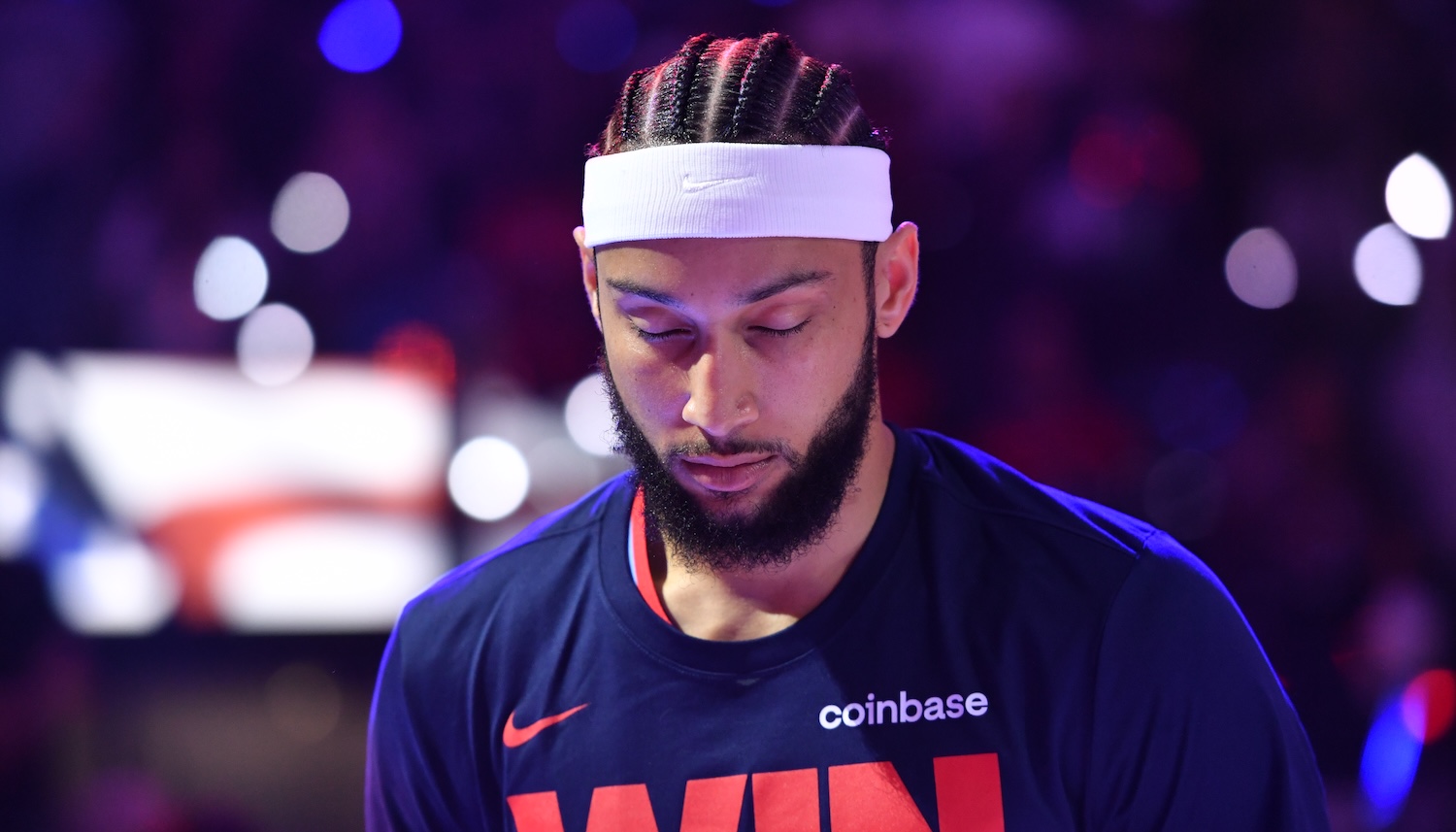
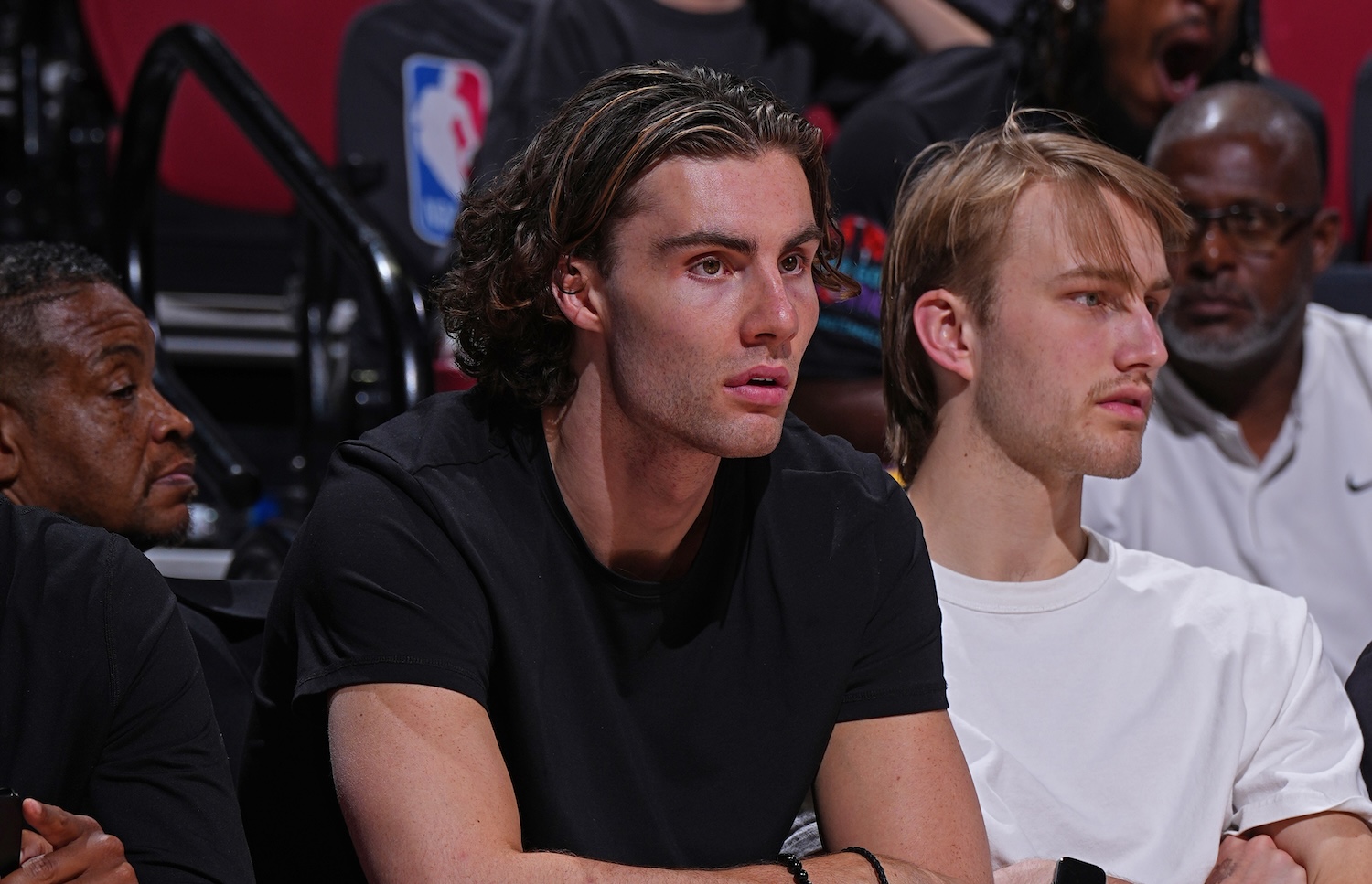
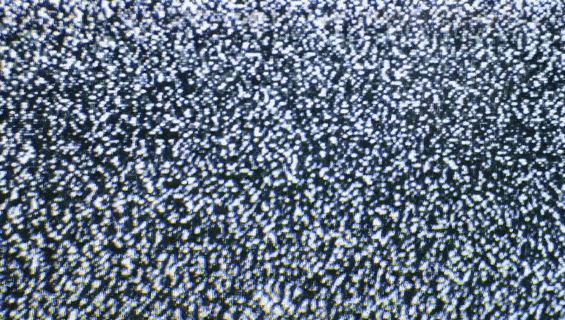


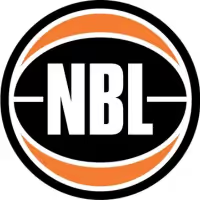
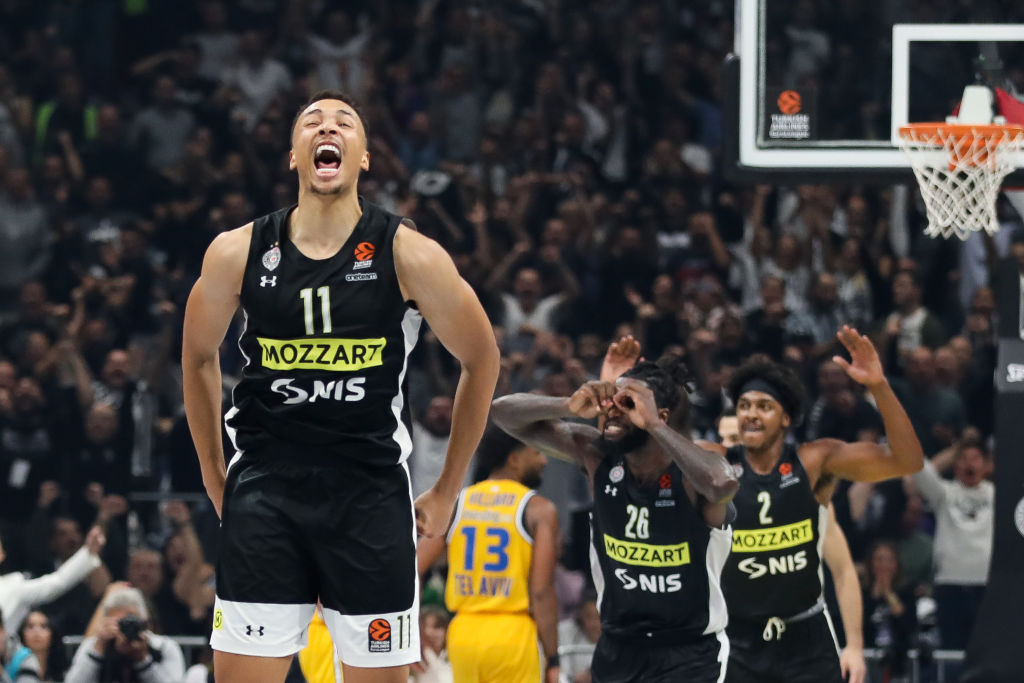
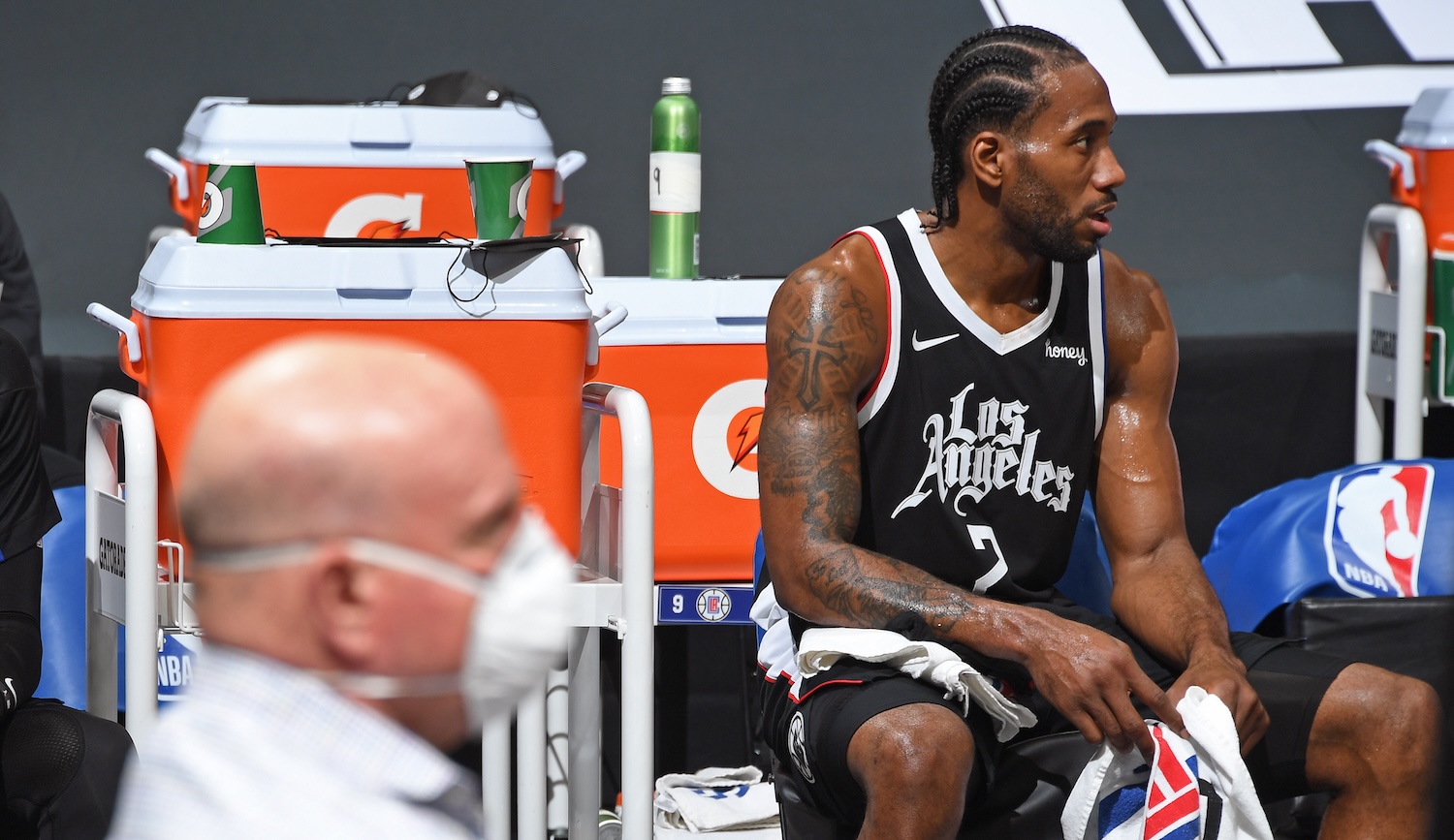


.avif)
